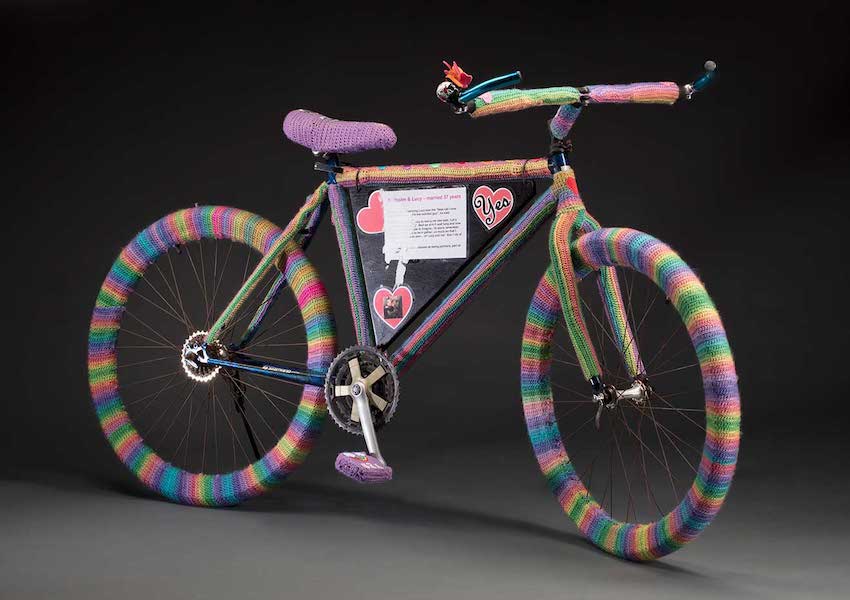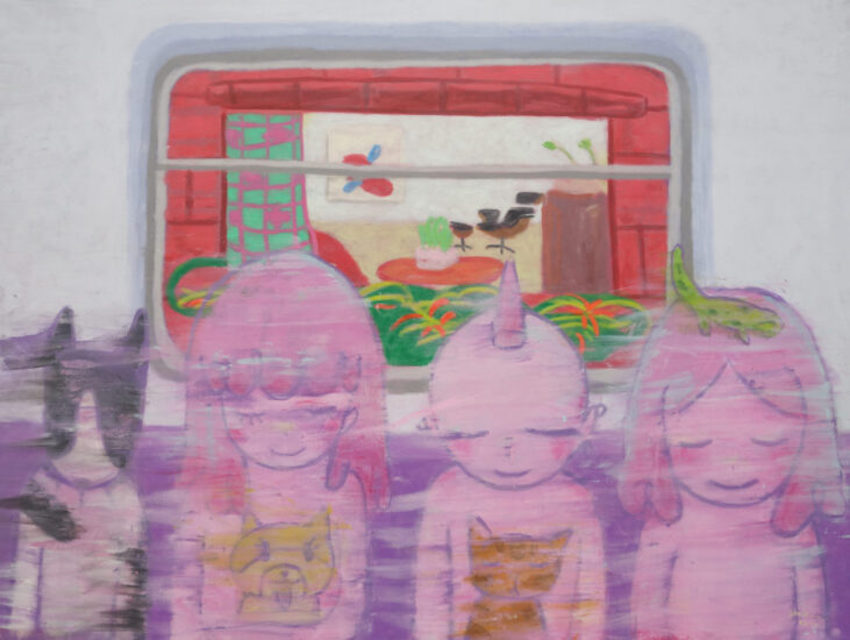
EXHIBITION: TAISHO CHIC – JAPANESE MODERNITY, NOSTALGIA AND DECO
BY AMELIA GROOM
The Taisho Period in Japan was one of the shortest in its history, but it was an important time because it was one of transition. After two hundred and fifty years of enforced isolation from foreign influence, Japan had opened its ports and rapidly begun to modernise and industrialise.
Western culture, art and technology flooded in and were eagerly absorbed by the Japanese who were struggling for a modern cultural identity. But at the same time they also held on to the social, spiritual and aesthetic ideals of their rich indigenous culture, and Japan’s unique ability to embrace the new while retaining an essential identity remains strong today.
Featuring about 70 paintings, prints, textile and decorative arts from 1912 to 1930s, Taisho Chic ‘ Japanese Modernity, Nostalgia and Deco encapsulates the clash and embrace of Western avant-garde tastes and traditional Japanese values in this transitional period.
One of the biggest shifts in Japan in the early part of the 20th century was the changing role of women. With their new financial independence came a new confidence, and their changed image is nowhere more visible than in Taisho art.
Women were depicted for the first time as independent thinkers and many of the works in the exhibition show them embracing Western materialism and outrages. They are seen smoking, drinking, having fun, and looking provocative, confident and independent ‘ but the traditional Japanese aesthetic is still there.
Fashionable women of the time alternated between the latest Western styles and the traditional kimono. This dual movement is still visible in Japan today, where cutting edge fashion designers often fuse modernism and nostalgia, and refer back to the traditional dress.
The kimonos included in the show are examples of very contemporary interpretations of traditional motifs. The kimono’s basic geometric shape has remained unchanged for centuries but the vivid colours, unusual techniques and bold, at times very abstract patterns (one resembles a Miro painting) make these ones distinctly modern.
Images of women in Taisho art are either of the modern girl modan gaaru or moga and the traditional girl bijinga. Kobayakawa Kiyoshi’s woodblock print Tipsy (above) embodies the modan gaaru: sporting a bob and sleeveless polka dot dress she sits at a bar seductively smoking and drinking, looking utterly comfortable with herself.
Another example of the simultaneous embrace of modernity and tradition is Nakamura Daizaburo’s Woman (1930), which portrays the film star Irie Takako. Oozing sophistication, the 19-year-old actress wears a bright red traditional kimono but is perfectly relaxed reclining on a European-style chaise lounge.
It’s painted with East Asian materials – ink and pigments on silk – in the traditional format of a folding screen, but takes its inspiration from Manet’s Olympia (1865) and shows a seductive, self-assured and independent women.
The international Art Deco movement was a great inspiration for the Taisho artists, as the decorative items on display show. For example, there’s a classically Deco set of cups and saucers made from glass with ruby-glass overlay and stainless steel, which were from the exclusive Mitsukoshi Department Store where Japanese women purchased the latest fashions and decorative arts.
East and West, old and new, nostalgia and modernity. The exhibition shows how they clash violently at times but often coexist harmoniously. Western-oriented ideologies championed avant-garde tastes from Europe and America and in turn, nativists sought an antidote to Western materialism in the values of Japan’s past. Fusing elements of both, the artists of this era created a new and distinctive aesthetic.
Curated by Kendall Brown, Professor of Japanese Art History at California State University Long Beach for the Honolulu Academy of Arts, the exhibition draws primarily from the Academy’s own collection and has already toured successfully in the US and Japan.
All of the decorative arts and most of the paintings were gifts from the former flight attendant turned Tokyo antique dealer Patricia Salmon, who fell in love with Taisho-era art when she began to stumble across it in Japanese flea markets.
Coinciding with Taisho Chic ‘ Japanese Modernity, Nostalgia and Deco, the gallery is holding a number of worthwhile events including traditional Japanese tea ceremonies; a live Shakuhachi music performance; exhibition tours; talks with guest speakers; a full-day symposium, and a free film series of Yasujiro Ozu’s masterful cinema.
Taisho Chic ‘ Japanese Modernity, Nostalgia and Deco
May 22 ‘ August 3
Art Gallery of New South Wales’
Art Gallery Road,’The Domain
10am-5pm daily, Wednesdays until 9pm
$5-$8
9225 1744 or www.artgallery.nsw.gov.au









